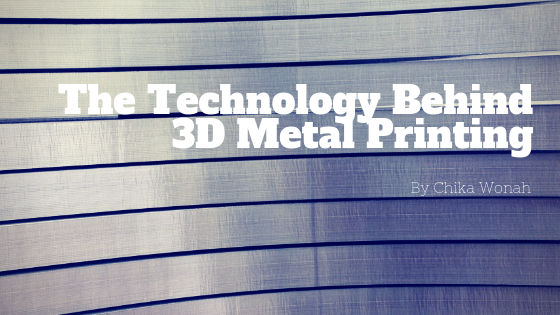Metal fabrication has been known to be an expensive undertaking as it uses a massive amount of energy and there is a large amount of waste that is left. Besides using much energy and leaving a considerable residue, the metal products made are 60% heavier than the actual products. This makes the products not to be useful in several industries, especially the aviation sector. This explains why the 3D metal printing came into existence.
However, recent innovations show that metal fabrication can be replaced with 3D metal printing technology. The accuracy of this technology makes it the most preferred method of making different metal objects. Less material and energy is used as compared to metal fabrication. The objects made are within an accuracy range of plus or minus one, which is acceptable across the industry. There is less waste in this technology that manufacturers can easily consider.
Few companies around the world have already started working in 3D metal printing technology. There is a movement from the traditional 3D plastic printers to a new model of printers that can print metal objects. Binder jetting is one of the most preferred 3D metal printers in the industry that many manufacturers are considering. Binder jetting is highly preferred as the leading 3D metal printer because it is material efficient when compared to other metal printing techniques.
The building chamber within the binder jet has to be filled with argon or another inert gas so that it can minimize the oxidation of the molten metal. The molten metal is spread quickly and efficiently with a thickness of about 50 microns, which depends on the properties of the metal and the object required. Additionally, the shape and size of the object under consideration must be considered when printing an object. This process makes a single layer, and it has to be repeated several times until the object is completed.
Although 3D metal printing is an expensive undertaking, there are new technologies that are currently being incorporated by manufacturing companies with the sole purpose of making the whole technology less costly. The innovation remains very expensive to consumers, but it is still useful to large-scale consumers such as manufacturing entities. 3D printing is essential, especially when prototyping process. However, enhancing accuracy and minimizing cost will bring this technology to other consumers in the industry.
